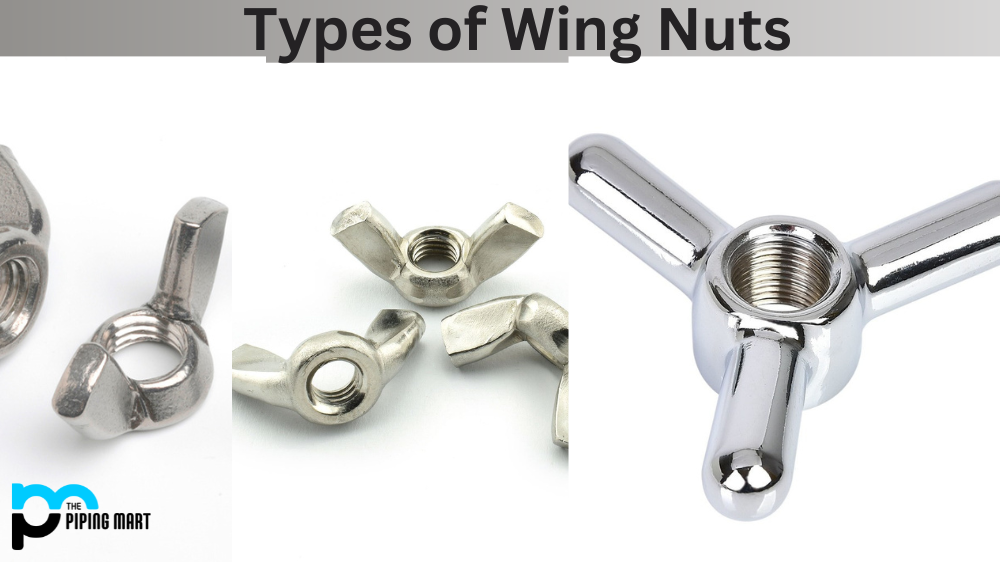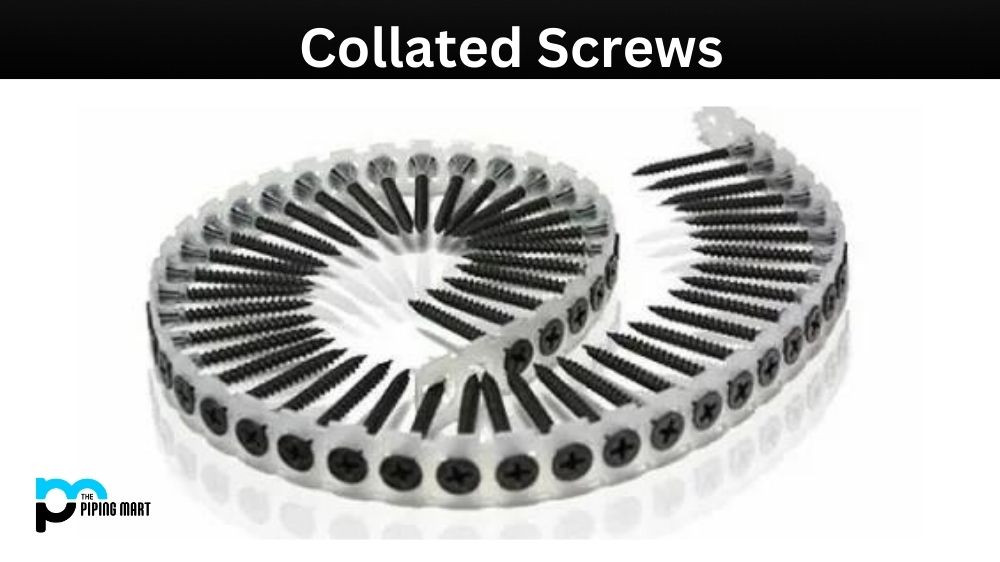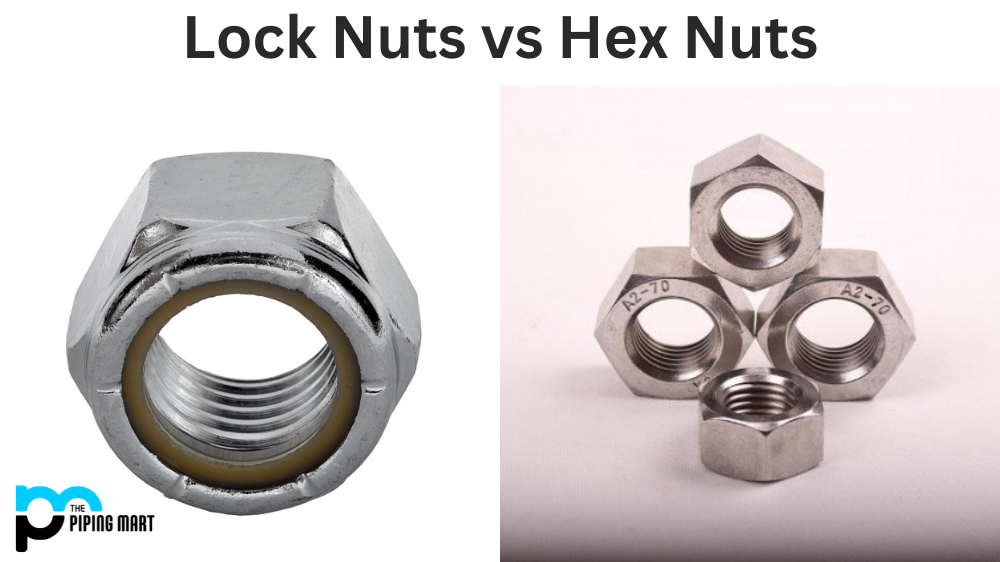If you’ve ever gone to a hardware store, you’ve likely seen a wing nut. A wingnut is a type of nut with two “wings” on either side, making it easier to tighten or loosen the nut by hand. They are great for DIY projects and other quick fixes, but several different types of wing nuts are on the market. This blog post will discuss the different types of wing nuts and why they are useful.
Types of Wing Nut
Wing Nut with Spring Loaded Wing
One type of wing nut has spring-loaded wings. These wings have tension applied to them, which makes them pop outwards when released from the threaded portion of the bolt. This design allows quicker installation as you don’t have to manually move each wing outward to thread the nut onto the bolt. It also helps keep your hands free while tightening or loosening the nut since there is no need to hold down both wings simultaneously.
Thumb Wing Nut
Thumb wing nuts are designed so one side can be held down while the other is rotated by thumb pressure alone. This makes it easier to tighten and loosen without using tools or having to use both hands simultaneously. Thumb wing nuts come in various sizes and shapes, making them ideal for limited-space applications, and access is difficult with traditional tools.
Castle Wing Nut
Castle wing nuts feature an enlarged head with four “wings” radiating from it in a castle-like shape – hence their name! These larger heads provide more surface area for gripping with pliers, wrenches or even just your fingers, making them easier to handle than regular-sized nuts when working in tight spaces or with limited access. Castle wing nuts are typically used in applications where vibration or dynamic forces, such as engines and other machinery components, may be present.
Type A
A type A wingnut is a fastener commonly used to assemble various items. It is made up of a metal circle that wraps around a rod or bolt. The metal circle can be secured with either wings or tabs bent down to hold it in place. This makes it incredibly simple and efficient to secure objects quickly and efficiently without needing extra attachments or tools. Often, wing nuts are used when building structures or appliances with ease, as they require just a few simple turnings of the nut to secure them. Overall, type A wing nuts offer an efficient and effective fastening solution for many applications, making them valuable components within any assembly project.
Type B
The Type B wing nut is an important part of many industrial designs, offering vastly superior fastening capabilities to other nuts and bolts. With a strong hold, non-metallic properties, and weather resistance, the Type B wing nut is a staple in various car manufacturing plants and shipbuilders. It also provides an easy one-handed tightening solution, so its applications remain wide-reaching. Its durability and flexibility make it ideal for huge industrial builds that require support over long periods. The Type B wing nut offers reliability and stability regardless of the conditions or where it’s used.
Conclusion:
Wing nuts come in various shapes and sizes, making them ideal for multiple applications ranging from small DIY projects to heavy-duty industrial machinery components. Spring-loaded wings provide quick installation, while thumb nuts are easy to tighten and loosen without using any tools; castle nuts offer larger heads for added grip when working in tight spaces or areas with limited access, no matter what kind of project you’re working on, there’s sure to be a type of wing nut suited for your needs! This blog post helped explain some of the different kinds available so that you can find the perfect one for your project!

A passionate metal industry expert and blogger. With over 5 years of experience in the field, Palak brings a wealth of knowledge and insight to her writing. Whether discussing the latest trends in the metal industry or sharing tips, she is dedicated to helping others succeed in the metal industry.




